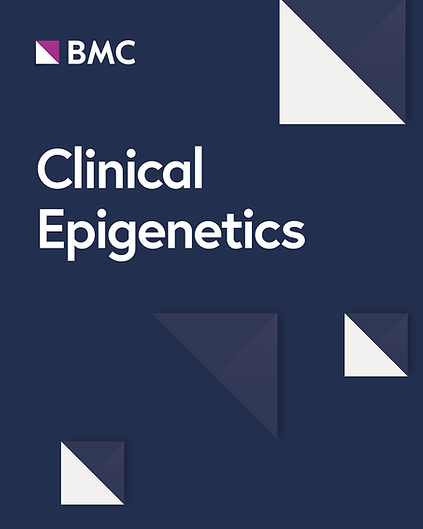Reverse genotyping: unveiling Alu element insertion as a new cause of Kabuki syndrome using DNA methylation signature.
IF 4.8
2区 医学
Q1 GENETICS & HEREDITY
引用次数: 0
Abstract
Kabuki syndrome type 1 (KS1) is a monogenic disorder arising from pathogenic variants within KMT2D and characterized by syndromic neurodevelopmental delay. We report the retrospective identification of a causative AluY insertion within KMT2D in a genetically unsolved individual with typical KS1 features, after identification of a DNA methylation signature. This is the first documentation of Alu insertion as a molecular mechanism responsible for KS1. This study emphasizes the need for reanalyzing inconclusive sequencing data in individuals with gene-specific phenotypes and reinforces episignature as a reliable diagnostic tool when NGS approaches fail to provide conclusive results in individuals with rare diseases.
反向基因分型:利用DNA甲基化特征揭示Alu元件插入是歌舞伎综合征的新原因。
歌舞伎综合征1型(KS1)是一种由KMT2D致病变异引起的单基因疾病,以综合征性神经发育迟缓为特征。我们报告了在鉴定DNA甲基化特征后,在具有典型KS1特征的遗传未解决个体中回顾性鉴定KMT2D中的致病AluY插入。这是首次证明Alu插入是导致KS1的分子机制。本研究强调需要对具有基因特异性表型的个体重新分析不确定的测序数据,并强调当NGS方法无法为罕见疾病个体提供结结性结果时,表观特征作为可靠的诊断工具。
本文章由计算机程序翻译,如有差异,请以英文原文为准。
求助全文
约1分钟内获得全文
求助全文
来源期刊

Clinical Epigenetics
ONCOLOGY-
自引率
5.30%
发文量
150
期刊介绍:
Clinical Epigenetics, the official journal of the Clinical Epigenetics Society, is an open access, peer-reviewed journal that encompasses all aspects of epigenetic principles and mechanisms in relation to human disease, diagnosis and therapy. Clinical trials and research in disease model organisms are particularly welcome.
 求助内容:
求助内容: 应助结果提醒方式:
应助结果提醒方式:


